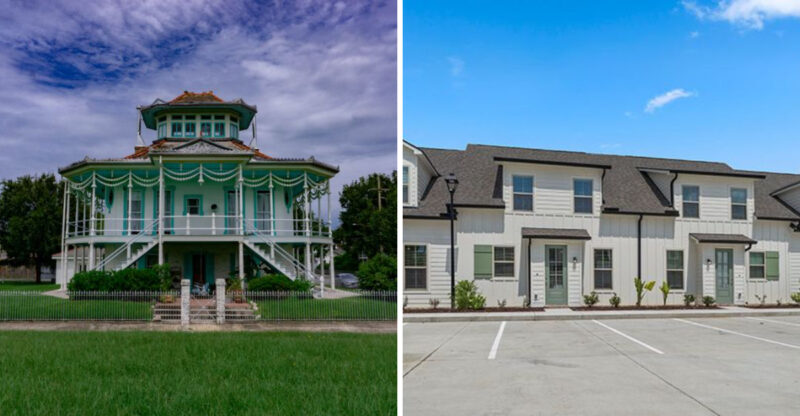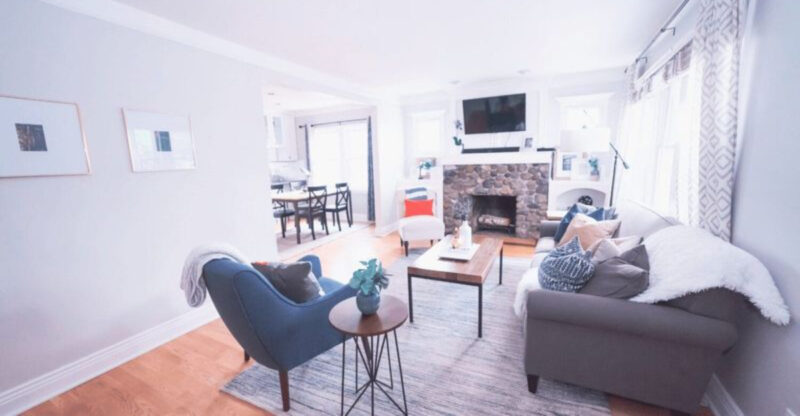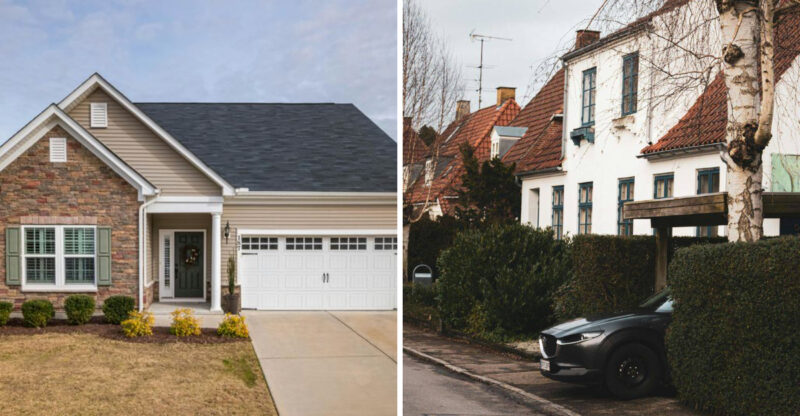5 Properties Losing Value In Oregon And 10 That Are Hard To Sell

The Oregon real estate landscape is changing fast. Some property types that once commanded top dollar are now struggling to maintain their value. Others sit on the market for months despite price cuts and attractive features. Understanding which properties face challenges can help both buyers seeking deals and sellers setting realistic expectations in today’s shifting market.
1. Suburban Ranch Homes in Portland
Mid-century ranch homes around Portland have lost their former charm in today’s market. Young families increasingly bypass these properties for modern designs with open concepts and energy efficiency.
Outdated kitchens, compartmentalized layouts, and aging systems require substantial investment to modernize. Meanwhile, the once-desirable suburban locations now face competition from walkable urban neighborhoods with better amenities.
2. Coastal Vacation Houses in Lincoln City
Beachfront properties along Oregon’s rugged coastline face growing challenges from climate concerns. Rising sea levels and intensifying winter storms threaten long-term stability, making insurance costs skyrocket.
Many vacation homes sit empty most of the year, creating maintenance headaches for distant owners. The seasonal rental market has also softened as travelers increasingly prefer modern amenities over traditional beach cottage charm.
3. Old Farmhouses in Eastern Oregon
Sprawling farmhouses dot Eastern Oregon’s landscape, often sitting unsold for years. Their remote locations mean limited job opportunities and long drives for basic services.
Many feature charming historical details but hide costly problems like outdated electrical systems and inefficient heating. The surrounding acreage, once a selling point, now represents a maintenance burden for buyers seeking simpler lifestyles.
4. Mobile Homes in Small Towns
Once an affordable housing solution, mobile homes throughout Oregon’s smaller communities now face steep depreciation. Unlike traditional houses, they rarely gain value over time.
Financing remains a major hurdle, with many lenders requiring higher interest rates and shorter terms. Park owners sometimes increase lot rents unpredictably, creating additional uncertainty for potential buyers already hesitant about this housing category.
5. Large Luxury Homes Outside Bend
Massive custom homes on Bend’s outskirts represented peak luxury during the early 2000s building boom. Today, their sprawling floor plans and isolated locations have fallen out of favor.
Heating these oversized properties through Central Oregon’s cold winters creates staggering utility bills. Younger buyers prefer smaller, more efficient homes closer to downtown amenities and outdoor recreation access points rather than maintaining these distant estates.
6. Small Condos in Downtown Portland
Micro-condos in Portland’s urban core struggle to attract buyers despite prime locations. At under 600 square feet, these units feel increasingly cramped as remote work becomes standard.
Monthly HOA fees often approach mortgage payments, shocking potential buyers. Street noise, limited storage, and the challenges of downtown living further narrow the buyer pool for these compact spaces that once appealed to young professionals.
7. Remote Cabins in the Cascades
Hidden among towering pines, secluded cabins in Oregon’s Cascade Range offer peaceful retreats but present serious marketability challenges. Winter access often requires snowmobiles or specialized vehicles for months at a time.
Water systems freeze regularly, and power outages are common during storms. Most lack internet connectivity entirely – once considered a feature but now a dealbreaker for buyers who need to stay connected even while escaping to nature.
8. Historic Homes in Salem
Grand Victorian and Craftsman homes in Salem’s historic districts showcase incredible craftsmanship rarely found in modern construction. Unfortunately, these architectural treasures come with preservation restrictions that severely limit modernization options.
Original windows leak energy, while knob-and-tube wiring poses safety concerns. Foundations often need extensive work to meet current standards. Despite their beauty, these maintenance-intensive properties attract admirers but few serious buyers willing to take on the responsibility.
9. Riverfront Properties Along the Willamette
Homes perched along the Willamette River offer stunning water views and direct access for boating enthusiasts. However, flood zone designations make insurance costs prohibitive for many buyers.
Climate change has increased flooding frequency, with basement water damage becoming common even in “dry” years. Environmental regulations limit shoreline modifications, preventing owners from installing protective measures that might mitigate rising water concerns.
10. Older Apartments in Eugene
Aging apartment complexes near University of Oregon struggle against glossy new student housing developments. Outdated electrical systems can’t handle modern technology demands, frustrating tech-savvy tenants.
Thin walls transmit noise between units, creating constant tenant complaints. Maintenance costs continually increase as plumbing, roofing, and HVAC systems reach end-of-life simultaneously. Investors recognize these challenges, making these properties increasingly difficult to unload.
11. Vacation Cabins in Sunriver
Cozy A-frames and traditional cabins in Sunriver once dominated Central Oregon’s vacation rental market. Today they compete against luxury resort properties with superior amenities and professional management.
Seasonal occupancy creates cash flow challenges, with winter months barely covering mortgage payments. HOA restrictions limit personalization options while still requiring substantial fees. Many owners eventually tire of the financial strain, leading to market saturation when multiple similar properties list simultaneously.
12. Desert Homes in Central Oregon
Dramatic high desert properties near Redmond and Prineville offer stunning landscapes but practical challenges. Water scarcity tops buyers’ concerns, with some properties relying on expensive water deliveries during dry months.
Extreme temperature fluctuations crack foundations and stress building materials. Wildlife encounters, from rattlesnakes to cougars, further limit appeal for families with children or pets. Only a small percentage of buyers appreciate these unique properties enough to overcome their significant drawbacks.
13. Split-Level Homes from the 1970s
Split-level homes, once revolutionary for maximizing hillside lots, now languish on Oregon’s market. Their trademark half-flights of stairs between living areas create accessibility issues for aging populations and families with young children.
Low ceilings and small windows make interiors feel dark compared to today’s bright, open designs. Renovation costs often exceed what owners can recoup at sale. Despite affordability compared to newer construction, these architectural relics struggle to attract modern buyers.
14. Rural Properties Without Utilities
Off-grid parcels throughout rural Oregon offer independence but come with substantial hurdles. Drilling wells can cost $20,000+ with no guarantee of finding water. Solar systems require significant upfront investment and battery backup for cloudy winter months.
Access roads wash out regularly, requiring expensive maintenance. Building permits become complicated without standard utilities. Even at bargain prices, these challenging properties attract dreamers who often abandon their plans after discovering the true costs of self-sufficiency.
15. Oversized Homes in Older Suburbs
McMansions from Oregon’s 1990s building boom now face a shrinking buyer pool. Their formal dining rooms and dedicated media spaces feel wasteful as lifestyles evolve toward multipurpose rooms.
Massive heating and cooling systems devour energy, creating utility bills that shock potential buyers. Dated finishes like brass fixtures and oak cabinets require costly updates to meet current tastes. As families prioritize location and efficiency over sheer size, these suburban giants languish on the market.






